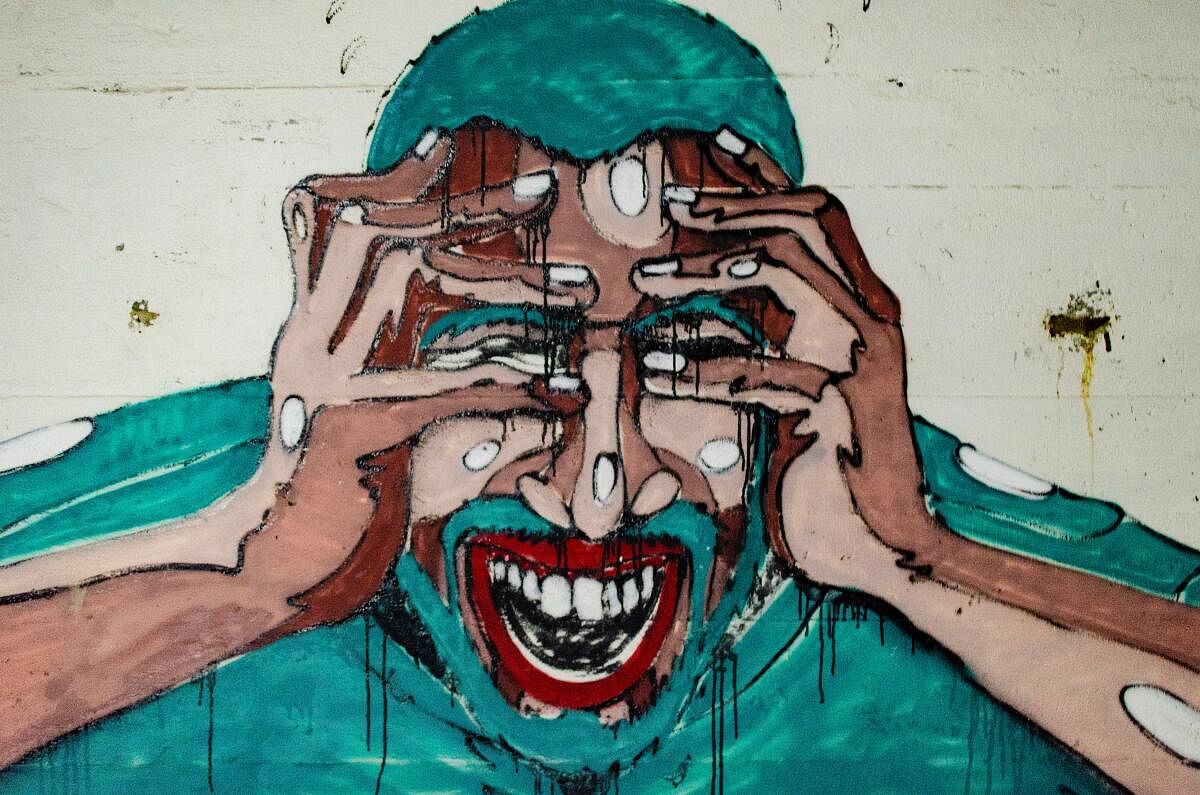
We all experience nervousness or anxiety from time to time, but the latter can be more severe and longer lasting. They are both a result of the body’s stress response to different triggers. The main differences between anxiety and nervousness are as follows:
Anxiety is a clinical issue, while nervousness is not.
Anxiety symptoms can range from mild or severe intensity, but nervousness is always mild.
It is common to experience nervousness before a stressful situation and it fades away after the stressful event is over, while anxiousness can persist for a longer period of time.
Anxiety is a clinical feature in mental disorders like generalised anxiety disorder, phobias and panic disorder. It is characterised by feelings of tension, fearful anticipation of future events that may or may not happen, and physical changes like increased heartbeat, shortness of breath and sweating etc. Fear of losing control, fear of dying, difficulty in concentration, forgetfulness, feeling edgy, physical symptoms such as increased heart rate, difficulty in breathing, dizziness, hypervigilance, epigastric features, chest pain, and negative thoughts/worries may also be experienced.
Feeling nervous can also be subjective, hence different from person to person. Typically, it is characterised by those jittery feelings generally experienced before any stressful events such as answering an important phone call or attending a job interview. It can be similar to a feeling of anxiety but it is only short-lived and the person recovers immediately at the end of the stressful event.
Signs and symptoms of nervousness are sweating, restlessness, dry mouth, dizziness, difficulty in concentration, and self-doubts.
Intensity & frequency
Anxiety causes socio-occupational impairment leading to avoidance behaviour, which means a person with anxiety will find it very difficult to easily function with the daily routines because the symptoms are more intense, and distressing. This makes a person avoid such stressful situations.
Types of anxiety
There are several types of anxiety disorders that are diagnosed based on the clinical features of anxiety: Generalised Anxiety Disorder, Panic disorder, Agoraphobia, and Social and specific phobias.
When to see a doctor
When excessive worrying is interfering with your work, relationships or other domains of your life.
When insecurities, worry or uncertainties are difficult to control.
When feeling depressed, depending on alcohol or drug use to feel better, or having other mental health issues like disturbed sleep along with anxiety.
When physical health concerns increase due to anxiety.
When you have suicidal thoughts or attempts, get help right away.
Various treatment methods that are available for anxiety disorder are based on the initial assessment and diagnosis. Medications, psychotherapy, counselling, relaxation techniques and various coping mechanisms are often used to treat anxiety disorders.
Social anxiety
A person with a social anxiety disorder experiences anxiety in social/public situations where they may be scrutinised, evaluated, or judged by others, such as speaking in public, dating, in a job interview, taking part in a discussion in a class or meeting, or having to talk to a receptionist in the hotel.
The fear in social situations is so intense and beyond their control that this fear may stop them from going to work, attending school/college, or doing everyday things. They do not experience anxiety connected to social interactions.
It typically shows up in childhood and can look like severe shyness or a desire to avoid social situations. It occurs more frequently in females than in males and in adolescents and young adults.
Signs and symptoms
Blush Increased heart rate
Epigastric features Sweating
Avoiding eye contact and communication Hypervigilant
Treatment
Psychotherapy, medicine, or a combination of the two are typically used to treat social anxiety disorder. Treatment for social anxiety disorder frequently involves cognitive behavioural therapy (CBT) as CBT teaches thinking and behaving in an alternative way to help you feel less anxious. Exposure therapy is a CBT method sometimes used along with relaxation exercises. Acceptance and commitment therapy (ACT) is another approach for treating social anxiety disorder.
(The author is a consultant in clinical psychology.)